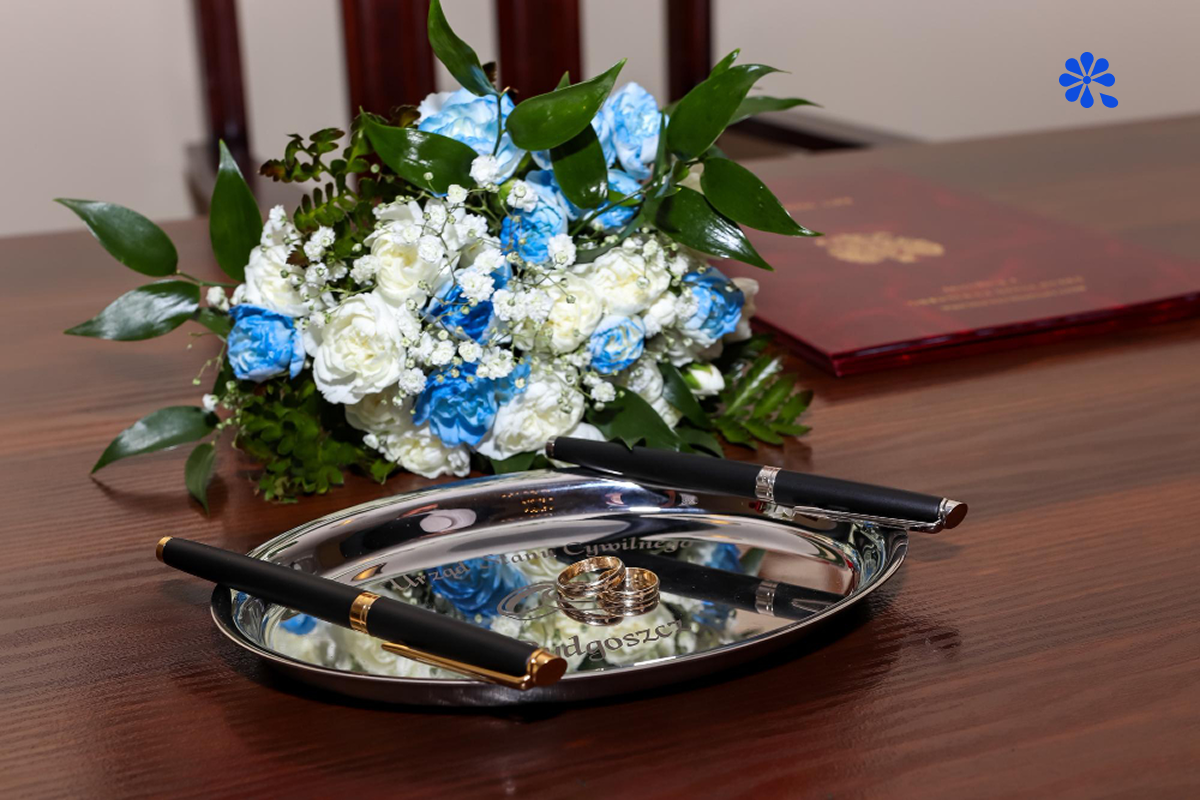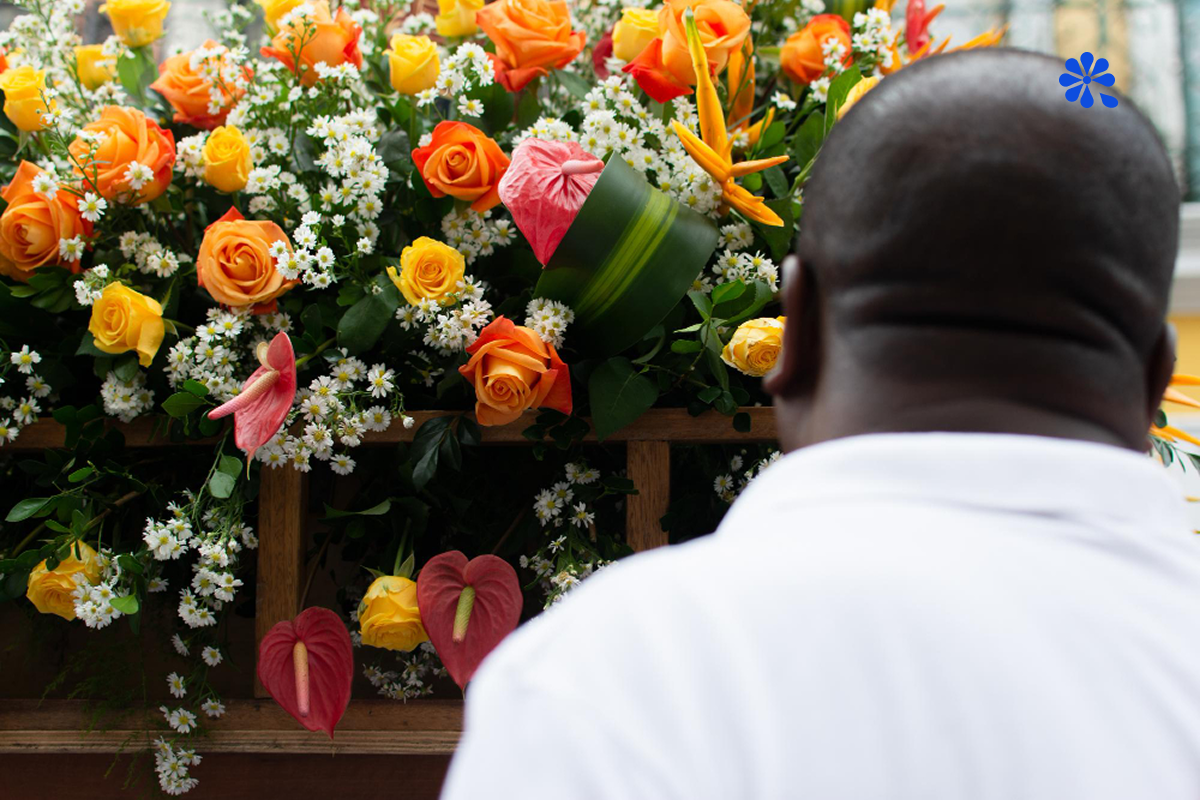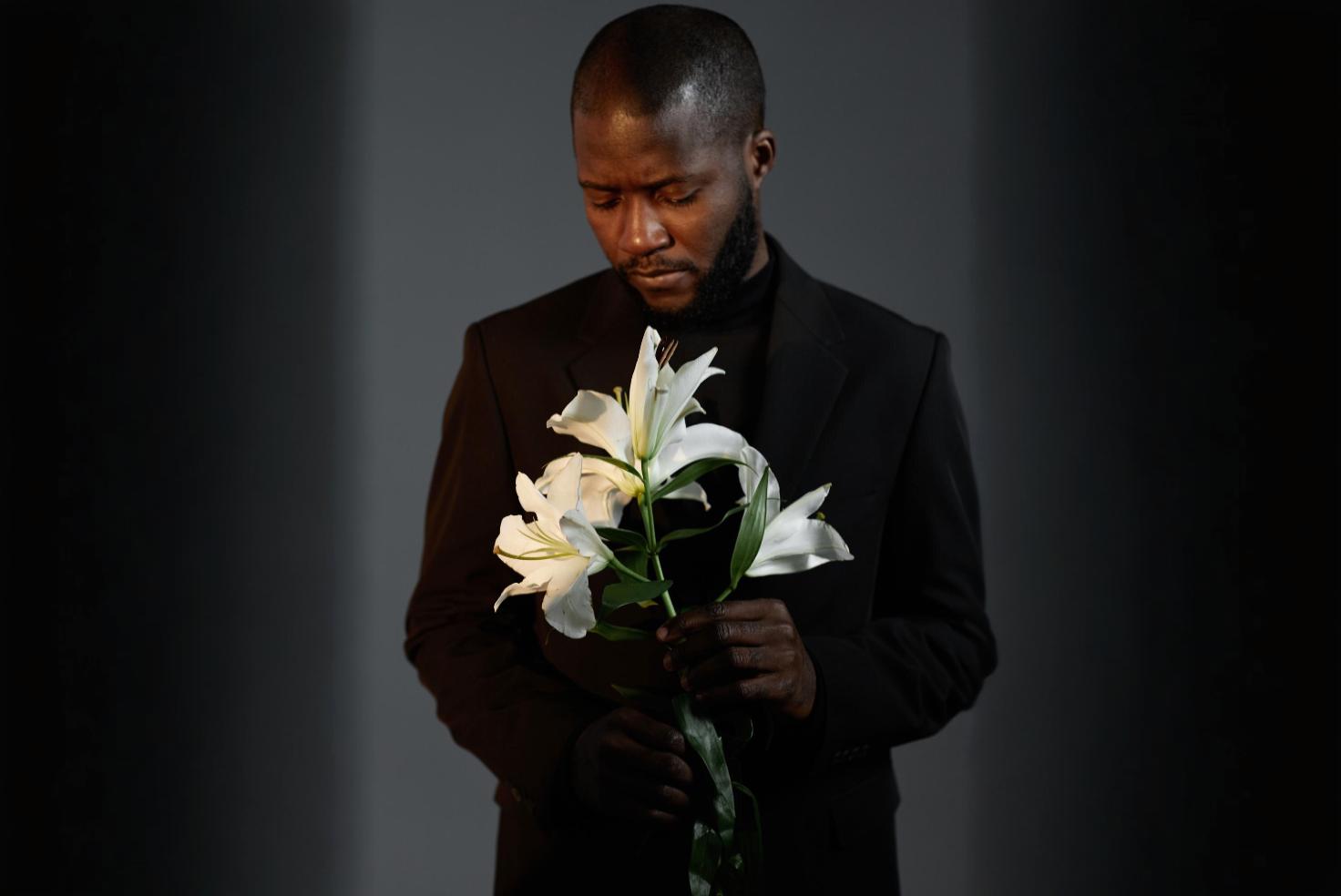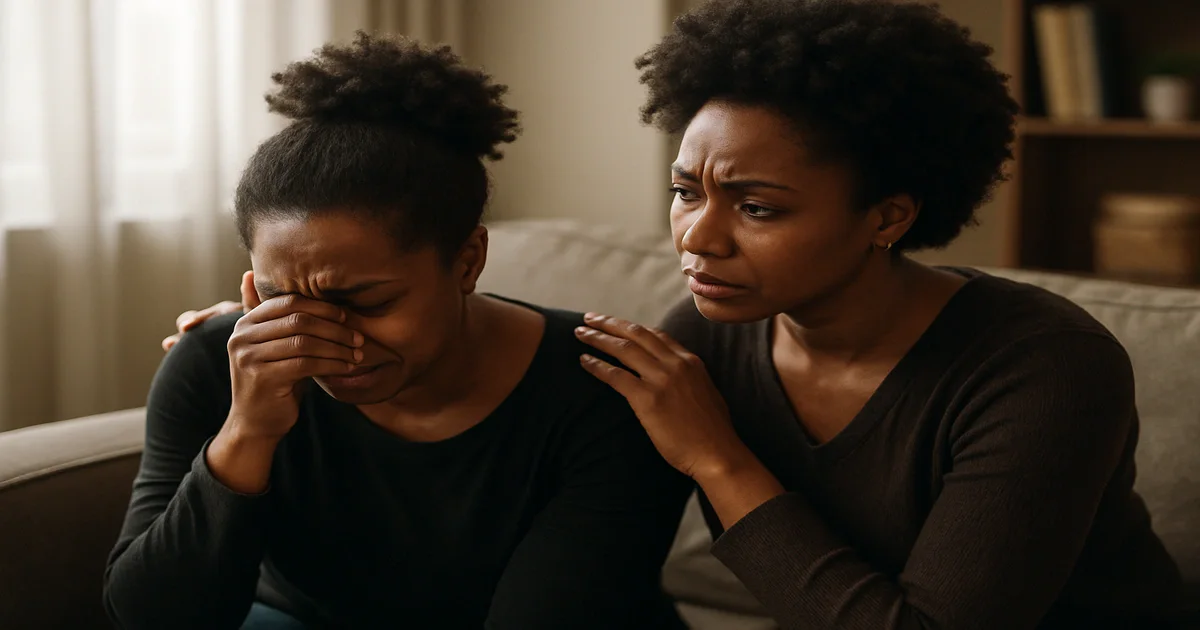When a loved one dies, grief arrives first — but logistics follow quickly.
A funeral committee helps a family turn many moving parts into a clear plan, share the workload, and keep money matters transparent.
Done well, it preserves dignity, reduces stress, and lets the family focus on what matters: honouring a life.
At a Glance 🕊️
- ·
Purpose: coordinate people, money, and decisions so the family isn’t overwhelmed.
- ·
Core team: Chair/Coordinator, Secretary, Treasurer, Logistics, Communications, and a Diaspora/Contributions lead.
- ·
Golden rule: Clear roles, written records, and daily updates — no surprises.
Why a Committee Matters
Kenyan funerals gather relatives, neighbours, colleagues, and faith communities. Without structure, good intentions can clash and details fall through the cracks.
A committee gives the family one organised table: decisions are recorded, tasks are assigned, and timelines are respected.
Think of it as a short-term project team with a single mission — a dignified, well-coordinated farewell.
How to Form the Committee (Fast, Fair, and Functional)
Keep it small enough to move quickly, yet broad enough to represent the family.
- ·
Size: 8–15 people is typical.
- ·
Selection: include a close family representative, a respected elder, a faith leader or their delegate, and 3–5 dependable doers.
- ·
First meeting (Day 1): agree on the date window, budget ceiling for deposits, and the communication channel (usually WhatsApp).
- ·
Ground rules: speak with respect, decide by simple majority when needed, and keep receipts for every shilling.
Name one spokesperson for external calls and one family liaison who confirms sensitive choices (venue, obituary wording, viewing preferences).
Roles and Responsibilities (Who Does What)
Clear roles prevent duplication and last-minute panic. Adapt titles to your context, but cover these functions:
- ·
Chair/Coordinator: steers meetings, prioritises tasks, and unblocks issues. Keeps the family informed and shields them from noise.
- ·
Secretary: keeps minutes, action lists, contact sheets, and a decision log. Sends daily summaries to the group.
- ·
Treasurer: builds the budget, tracks all income/expenses, issues acknowledgements for contributions, and presents daily reports.
- ·
Communications Lead: drafts the obituary and memorial notice, manages WhatsApp updates, confirms facts before posting, and handles media or church announcements.
- ·
Logistics Lead: books service providers — mortuary/funeral home, transport/hearse, tents/chairs, PA system, catering, venue setup, and program printing. Uses checklists and delivery times.
- ·
Protocol/Faith Liaison: aligns the program with cultural and religious rites; coordinates clergy, choirs, readers, and MC.
- ·
Security & Traffic (optional): manages parking, route planning, and crowd flow at the home, church, and graveside.
- ·
Diaspora/Contributions Lead (if applicable): sets up digital giving, confirms names/amounts, and answers questions from abroad.
Small committees can combine functions (e.g., Secretary + Comms). Large committees may create sub-teams (Logistics, Finance, Programme) with clear leads.
Money Management and Transparency (Trust Is Non-Negotiable)
Funeral costs add up quickly. Transparency protects relationships and prevents misunderstandings.
- ·
Budget first: list essentials (mortuary, transport, venue, tents, PA, catering, printing) and “nice-to-have” items. Prioritise dignity and affordability.
- ·
Single collection channel: use one PayBill/Till or a named account; avoid scattered requests. Share the official details in every announcement.
- ·
Two-person control: the Treasurer records all inflows; at least two people verify cash counts and payments.
- ·
Daily report: share a brief update — funds in, bills paid, balance, and any gaps.
- ·
Receipts & records: keep screenshots, receipts, and a simple spreadsheet. Label each expense with what/when/approved by whom.
- ·
After the funeral: present a final statement, settle balances, and thank contributors. Where suitable, share a summary with the wider family.
A transparent process doesn’t just keep books clean; it preserves unity.
Communication and Decision-Making (Clarity Over Noise)
In a crisis, rumours travel faster than facts. Set up communication that is calm, consistent, and centralised.
- ·
One “source of truth”: a single WhatsApp group or memorial page where verified updates appear first.
- ·
Short, factual notices: name, dates, venue, and contacts. Avoid sharing unconfirmed details.
- ·
Respect privacy: ask before posting photos or sensitive information.
- ·
Meeting rhythm: 20–30 minutes daily (standing, if needed) with clear agendas: yesterday’s actions, today’s priorities, blockers, and approvals.
- ·
Conflict handling: if opinions differ, the Chair summarises options; the family liaison gives the final word on sensitive matters.
Working with Providers and Authorities (From Quotes to Delivery)
Vendors make or break the plan. Treat procurement like a mini-tender, even under time pressure.
- ·
Three quotes where possible: for tents, PA, catering, and transport. Compare total cost, what’s included, and timelines.
- ·
Written confirmations: dates, start/finish times, quantities (chairs, bottles of water), and payment schedule.
- ·
Readiness checks: who is opening the venue, who has the keys, where the generator sits, who holds spare microphones.
- ·
Documents on hand: the committee ensures the burial/disposal permit is available when the cemetery or crematorium requests it; providers will ask to see it.
- ·
Day-of coordination: Logistics Lead runs the timeline; Protocol coordinates the service; Comms handles directions and last-minute notices.
If a provider falls through, the Secretary’s contact sheet and past quotes make fast substitutions possible.
A Simple Timeline You Can Trust
Day 1–2: form the committee, assign roles, draft the budget, set the communication channel, start vendor outreach, and prepare the first family notice.
Day 3–5: confirm date/venues, lock core vendors with deposits, publish the memorial notice, and begin daily finance and task updates.
Day 6–Burial: final walkthroughs, programs printed, logistics checklist, security/traffic plan, water/shade arranged.
After the funeral: returns and payments, gratitude messages, final accounts, and a brief debrief on what went well and what to improve.
Withpema Insight
Committees thrive when information and contributions flow through one trusted place.
A Withpema memorial page serves as your single source of truth — verified funeral details, directions, and a transparent contributions tracker (including diaspora support). Role-based access lets your Treasurer and Communications Lead update sections without confusion, while guests leave tributes that the family can revisit long after the day.
Saying goodbye is hard. Structure won’t remove the pain, but it makes space for compassion — fewer last-minute scrambles, fewer money worries, more presence with one another.
Need support right now? Reach out to Withpema. We can help you set up a memorial page, organise contributions, and connect you with trusted providers — gentle, clear, and at your pace.



















